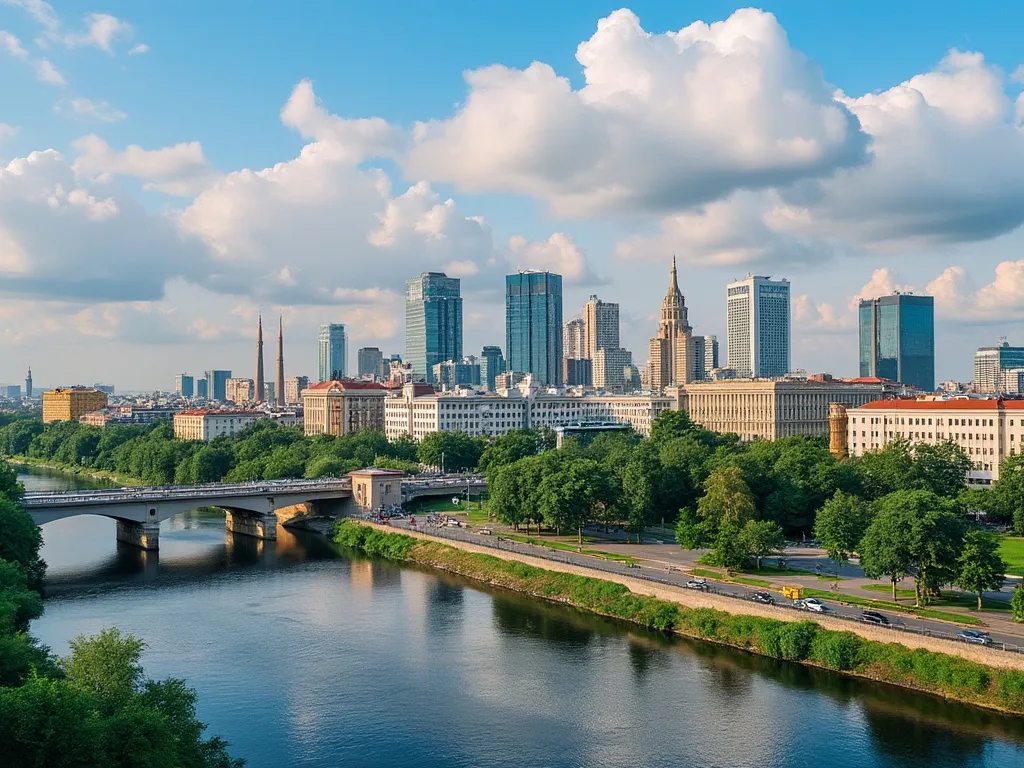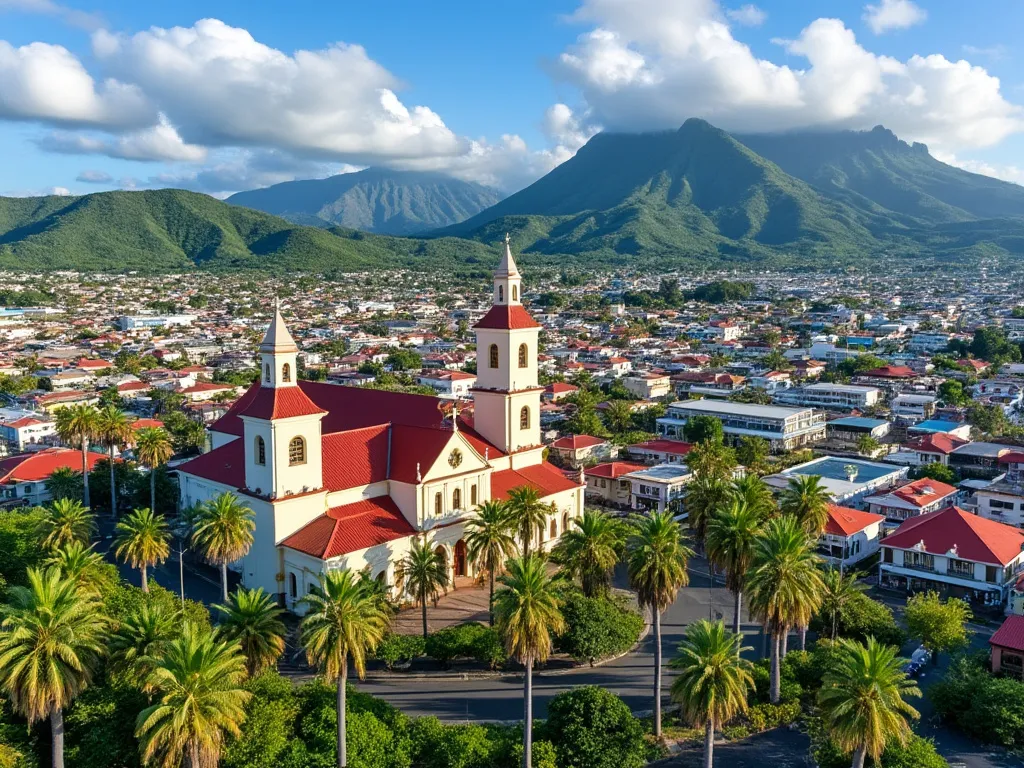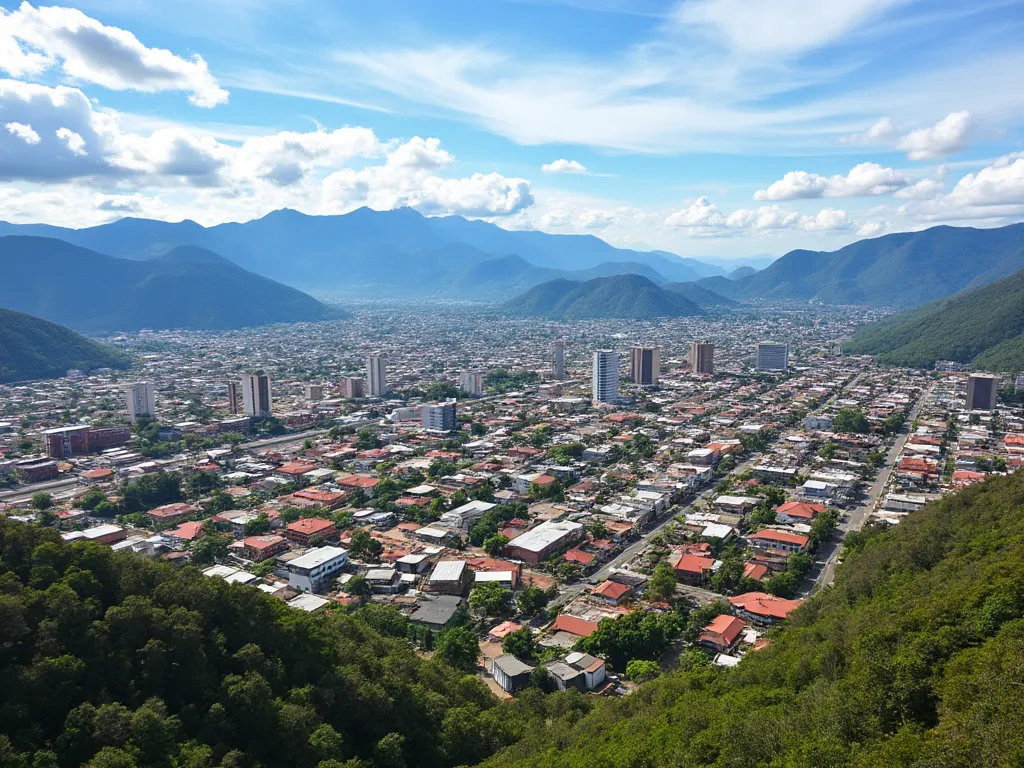
Mexico City, also known as Ciudad de México (CDMX), is the capital and largest city of Mexico. Located in the Valley of Mexico, it is one of the most populous cities in the world and a major cultural, economic, and financial hub in North America.
Mexico City Information
| Country | 🇲🇽 Mexico |
| Population | 21,804,515 |
| Coordinates | 19.4326° N, 99.1332° W |
| Area | 1,485 km² |
| Climate | Humid subtropical climate |
| Language | Spanish |
| Currency | Mexican peso |
| Time zone | Central Standard Time (UTC-6) |
| Proximity to other major cities | Guadalajara (470 km), Monterrey (750 km), Puebla (130 km) |
Historical Background of Mexico City
Mexico City was founded by the Aztecs in 1325 as Tenochtitlán, which became the capital of the Aztec Empire. After the Spanish conquest in 1521, the city was rebuilt and renamed Mexico City. The city has a rich history and has been influenced by various cultures, including the Aztecs, Spanish, and indigenous peoples.
Geographical Location of Mexico City
Mexico City is located in the Valley of Mexico, a large valley that lies in the center of Mexico. The city is situated at an altitude of 2,240 meters (7,350 feet) above sea level and is surrounded by mountains, including the Sierra Madre Oriental and the Sierra Ajusco.
Cultural Significance of Mexico City
Mexico City is a city of vibrant culture, rich in history, music, art, and architecture. The city is home to numerous museums, including the National Museum of Anthropology, which houses the largest collection of Aztec artifacts in the world. The city is also known for its cuisine, which is a blend of indigenous and Spanish influences.
Economic Importance of Mexico City
Mexico City is the economic hub of Mexico and a major financial center in Latin America. The city is home to the Mexican Stock Exchange, the Banco de México, and numerous multinational corporations. The city's economy is driven by industries such as finance, commerce, and manufacturing.
Interesting Facts About Mexico City
- The city's name, Mexico City, is derived from the Nahuatl language and means "Place of the Mexica".
- The city is sinking at a rate of 20-30 cm per year due to its location on soft soil.
- The city has a unique system of floating gardens, known as chinampas, which were used by the Aztecs for agriculture.
Tourist Attractions in Mexico City
- Palacio de Bellas Artes (Palace of Fine Arts)
- Zócalo (main square)
- Catedral Metropolitana (Metropolitan Cathedral)
- Museo Nacional de Antropología (National Museum of Anthropology)
Conclusion on Mexico City
Mexico City is a vibrant and diverse city that offers a unique blend of history, culture, and entertainment. From its rich Aztec heritage to its modern-day skyscrapers, the city has something to offer for every interest and taste. Whether you're a history buff, foodie, or adventure-seeker, Mexico City is a must-visit destination.
 Minsk
Minsk
 Mogadishu
Mogadishu
 Mata Utu
Mata Utu
 Mbabane
Mbabane